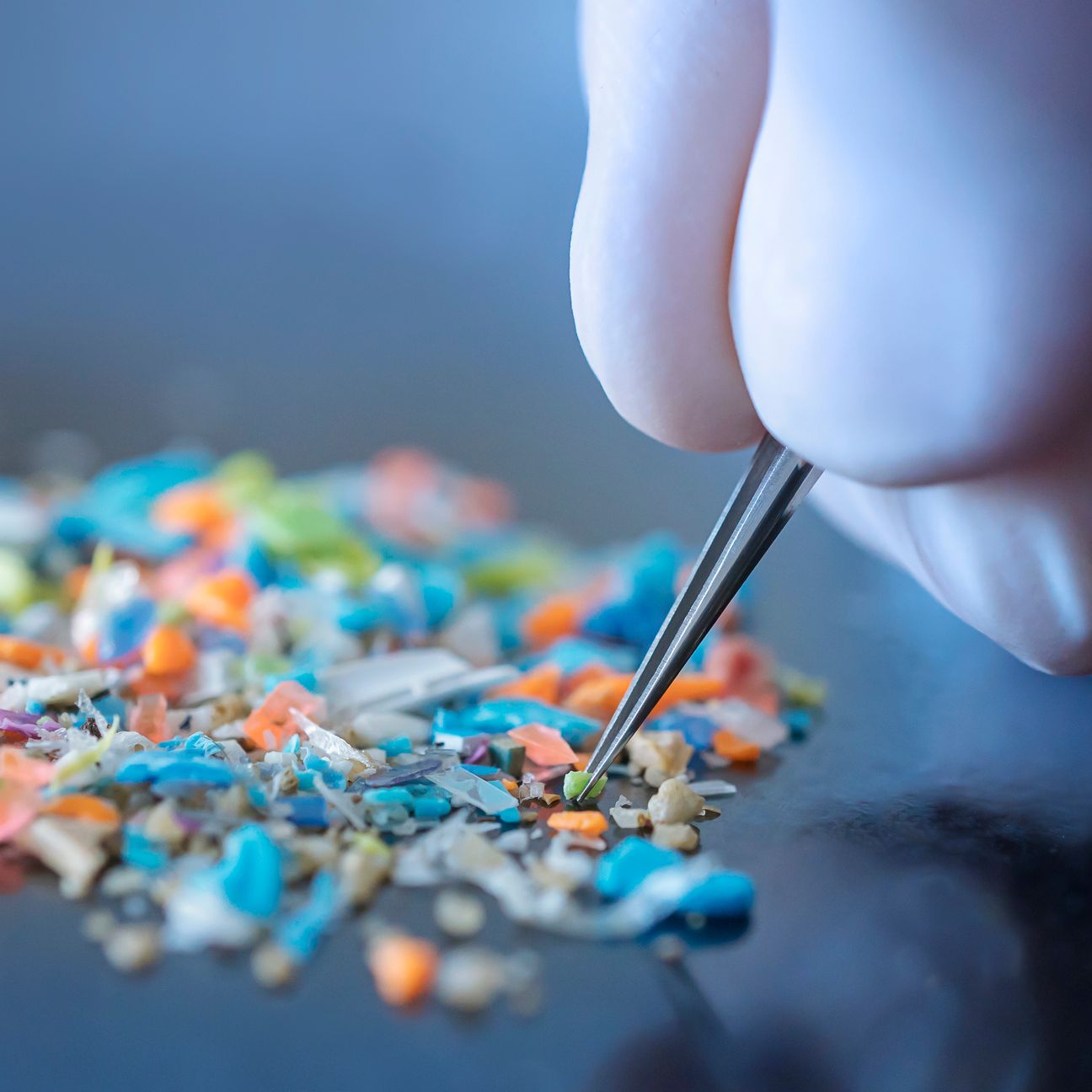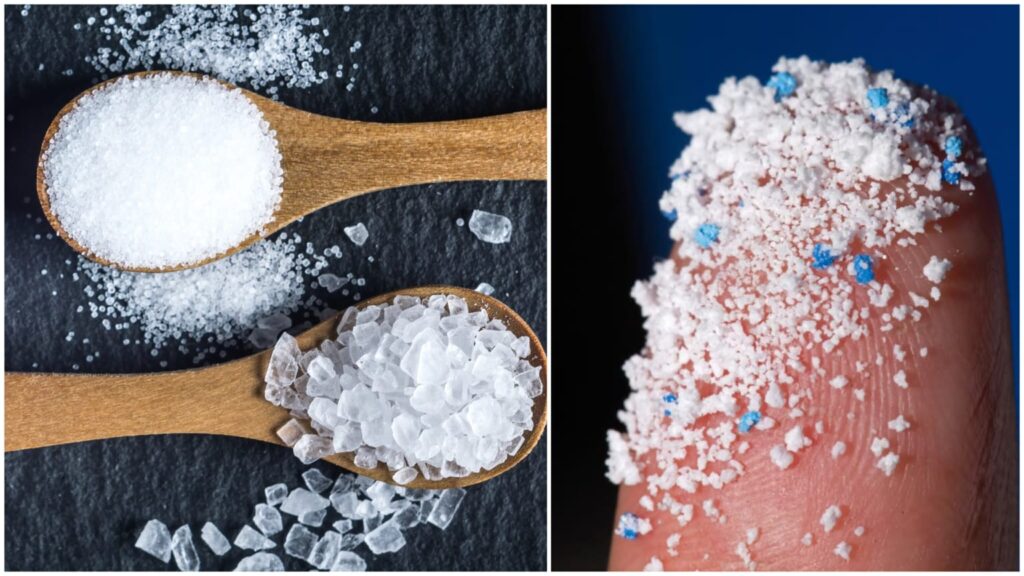Microplastics Are Everywhere – But I’m Not Losing Sleep Over It (And You Don’t Have To Either)

People often ask me, “What do you think about microplastics and all the other invisible stuff floating around in our air, food, and water?”
Short answer? Yep, they’re real. And yep, they’re affecting us—especially kids and developing bodies.
But do I think it’s worth turning your life upside down, spending triple on every purchase, or spiraling into a cortisol-fueled panic? Not really.
Here’s the honest truth: if you wanted to completely avoid microplastics, you’d have to live in a padded bubble.
First, forget about the ocean. Actually, forget all natural water. No swimming in lakes, no walking by the river, no grounding on the beach. Each wave tosses up teeny tiny bits of plastic into the air. Can’t see it, but it’s there. So even that soothing sea breeze? Technically contaminated.

Next, you’ll need to ditch salt. Pretty much every type—Himalayan, sea, table—contains microplastics. So if you’re serious, it’s bland food from here on out. No salting your roasties, no electrolyte top-ups post-gym. Just stoic, unseasoned snacks.
Oysters? Absolutely not. Turns out they’re basically little vacuum cleaners for ocean debris, and gram for gram, they’re loaded.
And it’s not just food and water. Your clothing plays a role too. Every time you wash that buttery-soft activewear (especially the synthetic stuff), it sheds microfibres—tiny plastic threads that head straight into our waterways. Some estimates say a single wash can release hundreds of thousands of them.
But here’s the deal: I’m not losing sleep over it. I’m not throwing out every polyester shirt or panic-Googling every ingredient I eat. I am making better choices where I can.
It’s not about perfection. It’s about making small shifts that add up over time, without driving yourself bananas in the process.
So yes, microplastics are everywhere. But rather than losing sleep or turning your life upside down trying to avoid them completely, I focus on what I can control. Small, manageable changes—like choosing natural fabrics more often, using microfiber wash bags, filtering my water, and cutting back on single-use plastics—add up over time without making me feel crazy.
It’s not about perfection. It’s about balance. Because honestly, living in constant fear won’t do us any favors.
That said, a quick reality check: what you wear does matter. Most activewear is polyester—basically plastic hugging your skin, shedding tiny fibers every time you wash it.

Some studies even suggest it can impact your hormones and reproductive health. So swapping out synthetic gym clothes for natural fabrics like merino wool or organic cotton is an easy, practical step that benefits your health and the planet.
You don’t need to toss your entire wardrobe—just make smarter choices when you can. It’s a small shift with a big payoff: feeling fresher, reducing exposure to nasty microfibers, and still rocking your workout in comfort.
If you want to dig deeper, check out Nero Fabric’s guide for the full rundown.
Bottom line: Microplastics might be everywhere, but panic doesn’t have to be. Choose what’s in your power, stay informed, and keep living well.
👉 Check out Nero Fabric’s guide for more.

Recent Comments